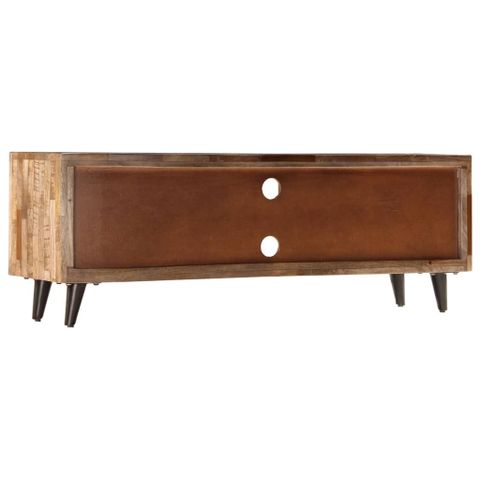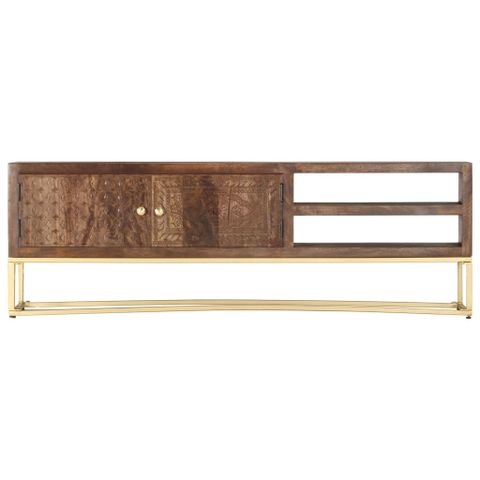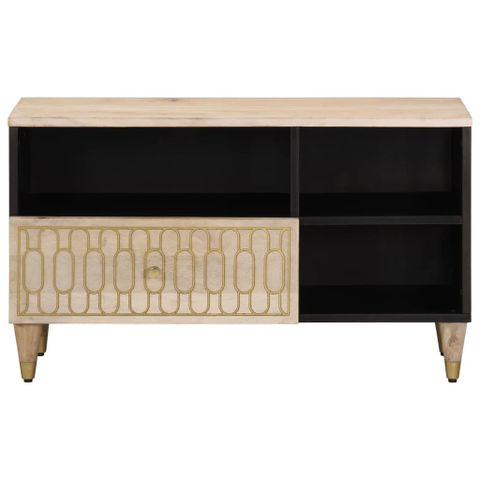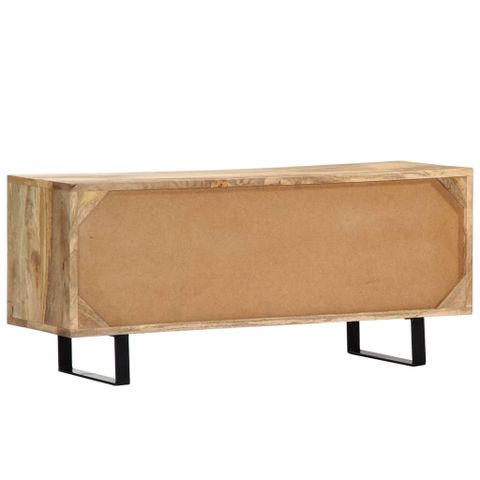Picture this: You’re sitting in a chair that’s been passed down through generations, its surface worn smooth by countless hands and years of gentle use. This isn’t just any ordinary piece of furniture – it’s made from solid mango wood. What makes this tropical hardwood so special? Why has it become increasingly popular among furniture makers and homeowners alike? Let’s dive into the fascinating world of mango wood furniture and uncover why it’s considered one of nature’s most remarkable gifts to our homes.
When you think about sturdy, beautiful furniture, hardwoods like oak, maple, and cherry often come to mind. But there’s another option that deserves serious consideration – solid mango wood. This tropical treasure from South and Southeast Asia isn’t just another wood type; it’s a powerhouse of durability and visual appeal. What sets mango wood apart from its competitors? How does it perform in real-world conditions? And perhaps most importantly, how can you tell if you’re getting genuine solid mango wood rather than something else entirely? These questions lead us to explore the rich landscape of mango wood furniture, where ancient traditions meet modern design.
The Natural Strength of Mango Wood
Mango wood might seem surprising at first glance – after all, it comes from a tree that produces delicious fruit. But beneath that familiar exterior lies a material that’s incredibly tough and resilient. The wood has a Janka hardness rating of around 1,400 pounds-force, which puts it in the category of very hard woods. That means it can handle daily wear and tear better than many other domestic hardwoods.
Consider how this translates to real life: A mango wood dining table can withstand the occasional coffee cup left on its surface without leaving a permanent mark. It resists dents from heavy pots and pans during cooking. The grain pattern isn’t just pretty – it actually contributes to structural integrity. The interlocking fibers create a natural resistance to splitting, making it ideal for items that experience stress.
What’s particularly interesting is that mango wood continues to strengthen over time. Unlike some materials that degrade with age, mango wood actually becomes more stable and beautiful as it matures. This slow aging process means that pieces crafted from this wood develop character while maintaining their structural soundness.
Visual Appeal and Grain Patterns
The beauty of mango wood isn’t just skin deep – literally. Its natural patterns and colors create a unique aesthetic that’s impossible to replicate. The wood typically displays a range of warm tones, from light golden hues to deeper amber browns, often with subtle variations that make each piece distinct. Some pieces even show hints of reddish undertones that add depth to their appearance.
The grain itself is one of the most captivating features. You’ll notice that mango wood often displays a straight grain with occasional waves or swirls. These patterns aren’t random – they reflect the tree’s growth history and environmental conditions. Some pieces feature dramatic contrast between lighter and darker sections, creating a striking visual effect.
Many furniture makers prize this wood because it takes finishes exceptionally well. Whether you prefer a natural, unfinished look that highlights the wood’s inherent beauty or a more polished appearance, mango wood responds beautifully to various treatments. The natural oils in the wood also contribute to its ability to maintain its luster over time.
Think about a mango wood side table in your living room. The way the grain catches the light changes throughout the day, creating a constantly evolving visual interest. This dynamic quality makes each piece feel alive rather than static.
Environmental Benefits and Sustainability
In an era where sustainability matters more than ever, mango wood offers compelling environmental advantages. Most of the world’s mango wood comes from trees that are already mature or have been harvested from orchards. This means that furniture makers aren’t necessarily cutting down young trees or destroying forests.
The trees themselves are remarkably resilient. They grow quickly, reaching maturity within 5-7 years, which is much faster than traditional hardwoods. This rapid growth rate means that sustainable harvesting practices can be implemented effectively without depleting resources. Many growers plant new trees to replace those that are harvested, ensuring a continuous supply.
Additionally, mango trees have deep root systems that help prevent soil erosion. When these trees are properly managed, they contribute positively to the environment rather than harming it. Some regions even utilize fallen mango wood from storms or tree removals, turning what might otherwise be waste into valuable furniture material.
This eco-conscious approach to sourcing aligns with growing consumer demand for responsible manufacturing practices. People want to know that their furniture choices support environmental stewardship, and mango wood provides exactly that opportunity.
Caring for Your Mango Wood Furniture
Like any quality piece of furniture, mango wood requires proper care to maintain its beauty and longevity. The good news is that it’s relatively forgiving compared to other hardwoods. Regular cleaning with a soft cloth and mild soap solution keeps the surface looking fresh.
Avoid placing hot items directly on the wood surface. While mango wood can handle moderate heat, extreme temperatures can cause warping or cracking. Always use coasters or trivets to protect the finish.
Humidity control plays a crucial role in maintaining the wood’s condition. Extreme dryness can cause the wood to shrink and crack, while excessive moisture leads to swelling. Maintaining indoor humidity levels between 30-50% helps keep the wood stable.
Polishing with appropriate products helps preserve the wood’s natural luster. Some experts recommend using beeswax or specialized wood polish every few months to maintain the surface protection. This simple routine ensures your investment continues to look spectacular for decades.
It’s worth noting that mango wood naturally develops a patina over time. This gradual change in appearance adds character rather than detracting from beauty. The wood’s response to environmental factors creates a unique story that tells the tale of your home’s history.
How to Identify Genuine Solid Mango Wood
With the popularity of mango wood, it’s important to know how to distinguish true solid pieces from imitations. The first clue is weight – solid mango wood is notably heavy for its size. A genuine piece will feel substantial when lifted or moved.
Look closely at the grain patterns. Artificial or veneered versions often display uniform, machine-made patterns. Real mango wood shows natural variation and irregularities that no factory process can perfectly replicate. The grain will have natural twists and turns that follow the wood’s natural structure.
Check the end grain of the wood. In solid pieces, you’ll see consistent coloration and texture throughout. Veneer or composite materials may show different characteristics at the edges where they join.
Another indicator is the wood’s natural scent. Genuine mango wood has a distinctive, pleasant aroma that’s earthy and slightly sweet. This smell is most noticeable when the wood is freshly cut or sanded.
Finally, consider the price point. If a piece seems too cheap to be genuine, it probably isn’t. Quality solid mango wood furniture costs more due to the material’s rarity and superior properties. Be wary of extremely low prices, especially for larger pieces like dining tables or bedroom sets.
Versatility in Design Applications
One of mango wood’s greatest strengths is its adaptability across different design styles and applications. From traditional to contemporary, this wood fits seamlessly into various interior aesthetics. The warm tones work beautifully with both rustic and modern settings.
You’ll find mango wood used in everything from dining tables and chairs to bedroom sets and office furniture. The wood’s stability makes it suitable for pieces that require precise joints and tight tolerances. Many cabinet makers prefer mango wood for built-in shelving because it holds screws and nails well without splitting.
The wood’s natural beauty also makes it excellent for decorative elements like picture frames, accent walls, or architectural details. Some designers use mango wood for flooring, though this requires careful consideration of the wood’s expansion properties.
Its workability is another advantage. Furniture makers can shape it easily, creating intricate designs or smooth curves without difficulty. The wood accepts carving, routing, and joining techniques that make it versatile for custom projects. This flexibility allows artisans to create unique pieces that showcase both functionality and artistry.
The material’s compatibility with various finishing techniques means that designers can achieve almost any desired look – from sleek, modern surfaces to rich, traditional textures.
Solid mango wood furniture represents more than just a choice of material – it’s a commitment to quality, sustainability, and timeless beauty. Whether you’re furnishing a new home or updating existing pieces, mango wood offers a compelling combination of strength, appearance, and environmental responsibility. Its ability to age gracefully while maintaining structural integrity makes it an excellent long-term investment. As we continue to seek furniture that reflects our values and enhances our living spaces, mango wood stands out as a truly exceptional option. The next time you’re shopping for durable, attractive furniture, consider the remarkable qualities of solid mango wood. It might just become your new favorite material for creating lasting, beautiful spaces.














